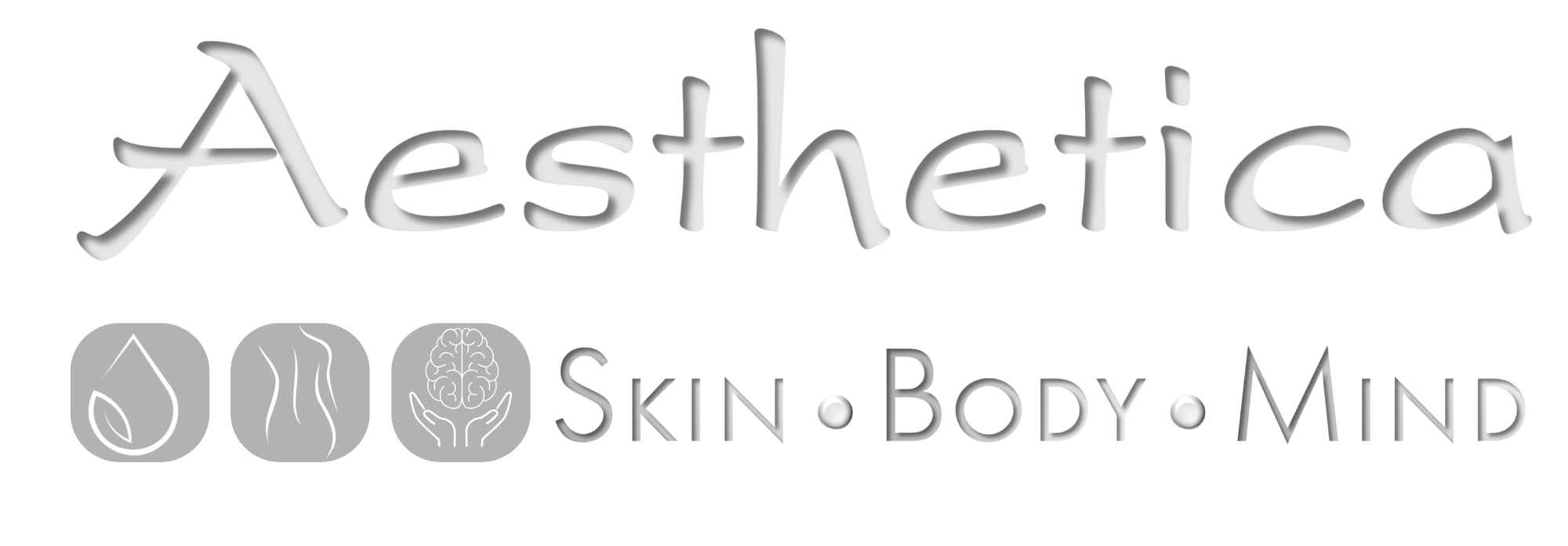The Picosecond Q-Switch Nd: YAG Laser is the latest advancement in laser tattoo removal technology. This laser releases a high demand for energy in an extremely short timeframe, making it a safer option for tattoo removal due to the reduced chances of burning the skin or altering the pigmentation. The energy of the Picosecond Q-Switch Nd: YAG Laser shatters the ink of the tattoo into significantly smaller particles. At Aesthetica Skin Centre, our aesthetic professionals rely on this incredibly advanced technology to eliminate tattoo inks, safely and effectively with fewer complications than the older laser technologies. We make use of the advantage of different Q-switched wavelengths with our advanced system for tattoo removal. The good news is that the Picosecond Q-Switch Nd: YAG Lasers are beneficial for clearing both blue and green pigments, which are difficult to eliminate using other lasers, and tattoos that are refractory to treatment with the traditional Q-switched lasers.
References:
Ali, F.R., & Al-Niami, F. (2018). Picosecond Laser. Dermnet NZ. Retrieved from: https://dermnetnz.org/topics/picosecond-laser/
Saad, A.M., & Abdullah, A.A. (2017). Tattoo Removal using (1064 nm and 532 nm) Q-Switched Nd: YAG Laser. J Fac Med Baghdad, 59(3) 217-220. https://www.iasj.net/iasj/download/fa42576e685482c1
Torbeck, R., Bankowski, R., Henize, S., Saedi, N. (2016). Lasers in tattoo and pigmentation control: role of the PicoSure® laser system. Department of Dermatology and Cutaneous Biology, 9, 63-67. https://www.dovepress.com/lasers-in-tattoo-and-pigmentation-control-role-of-the-picosureacircreg-peer-reviewed-fulltext-article-MDER
Collections: Body Procedures, Laser Procedures
Category: Laser Tattoo Removal
